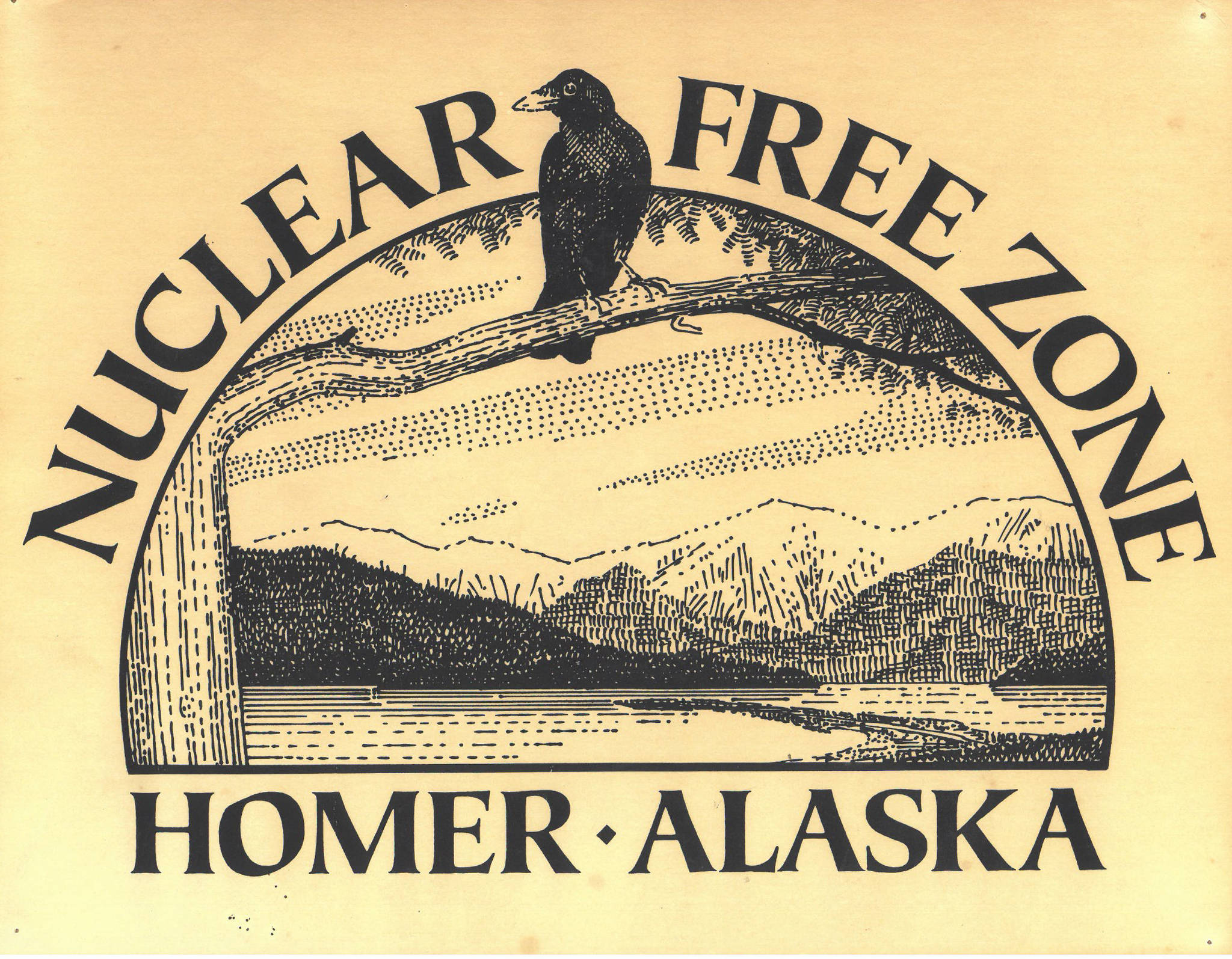Fact or fiction? Periodically rumors run around town that some people believe to be true. But are they? This week, the Homer News starts a feature, Fact or Fiction?, that susses out if stories are true, false or somewhere in between. Sometimes called urban legends, these stories circulate like a bad stomach flu through town. Is there something you want us to check out? Write the editor, Michael Armstrong, at michael.armstrong@homernews.com, or call 907-235-7767.
This series starts off with a rumor about the 1989 Nuclear Free Homer ordinance enacted by vote that prohibits nuclear weapons in Homer or storing radioactive materials.
Fiction: South Peninsula Hospital and local physicians cannot offer testing or treatment involving nuclear medicine because of the 1989 Homer Nuclear Free ordinance banning nuclear weapons, nuclear testing, nuclear power and storage of nuclear material.
Fact: The rumor is false. Chapter 5.06 of Homer City Code establishes Homer as a nuclear free zone, but section 5.06.040(a) allows “The use of radioactive material in nuclear medicine or in medical or other research not intended to be applied in nuclear weapon technology.”
That section also allows “c) uses of small amounts of radioactive materials for smoke detectors, light-emitting watches and clocks, gauges, and other similar consumer and industrial devices, d) uses of small amounts of radioactive materials for educational purposes by a recognized education institution, and e) Industrial applications of x-ray technology and tracer studies.”
Every now and then this rumor pops up with the claim that patients can’t get treatment involving nuclear medicine because of the Homer Nuclear Free ordinance.
Like many urban myths, people say they heard it from a friend. When pressed, they might say a hospital staff member, someone at a health clinic or a doctor told them.
Typical of the rumor is this email that found its way to the Homer News:
“A friend recently had to travel to Anchorage to get a nuclear bone scan. The reason for the trip was because Homer is a Nuclear Free Zone. He talked about it with a local doctor.
“It seems that he (the doctor) had approached (Cook Inletkeeper advocacy director Bob) Shavelson and the council some time ago about being able to do treatments here in Homer since the amount used is minuscule. It went nowhere.”
In an email, Shavelson, the Cook Inletkeeper advocacy director, said he never had a conversation like that. He cited the same code above that permits nuclear medicine.
“Please call them out on this because they’re obviously trying to stir the pot,” Shavelson wrote.
City officials also said they’d never been contacted about nuclear medicine in Homer.
“I’m unaware of receiving any calls about the use of medical nuclear materials,” said Deputy City Planner Julie Engebretsen.
City Clerk Melissa Jacobsen also said she didn’t recall anyone contacting the clerk’s office about laws regarding medical nuclear materials.
“It’s nothing I’ve come across in my official capacity,” said City Manager Katie Koester.
However, it is true that while South Peninsula Hospital’s imaging department offers services like general radiology and X-rays, mammography, fluoroscopy, MRIs, CT scans and bone density scans, it does not offer nuclear medicine like nuclear bone scans. A nuclear bone scan injects a radioactive substance, called a tracer, into a vein to see where varying amounts of the tracer are absorbed to see if someone has cancer.
The reason SPH doesn’t offer nuclear medicine? Cost.
“South Peninsula Hospital does not, however, provide nuclear medicine services at this time due to the cost of establishing and maintaining a program,” wrote SPH spokesperson Derotha Ferraro in an email.
SPH does periodically review the need and cost of providing nuclear medicine, Ferraro said, including a study done last summer. Because of the start-up cost, uncertainty in sustaining a program and getting a new CEO, SPH decided not to start a nuclear medicine program.
To do so involves regulation by the Nuclear Regulatory Commission, licensing and inspection, and expensive equipment. Isotopes also are expensive and cannot be stockpiled. They must be ordered frequently, Ferraro said. Central Peninsula Hospital offers nuclear medicine and has done so for more than 20 years.
The Nuclear Free Homer ordinance came about in 1989 after citizens by petition put to a vote the question of approving the ordinance. During a period of nuclear proliferation between the United States and the former Soviet Union, cities and even countries declared themselves nuclear free as a political statement against the threat of nuclear war. The ordinance did not affect activities of the federal government exempted by federal law.
“It’s the only effective way I know to send a message that we as a community are weary of the arms race,” wrote Tim O’Leary in a letter to the Homer News in October 1989.
Nuclear Free Homer organizer Dennis Specht, now living in Ashland, Oregon, said the initiative came about in response to a resolution by the Homer City Council seeking to make Homer a home port for the U.S. Navy. Citizens rose up against that resolution and began pushing to make Homer nuclear free.
Specht said the Nuclear Free Homer committee printed up stickers and posters designed by illustrator Christopher Kent, grandson of artist and naturalist Rockwell Kent. People wore the stickers and put them on their cars when a Navy committee came to town.
“We wanted to let them know we liked the Navy but we had an allergy to nuclear weapons,” Specht said.
The Nuclear Free Homer proposition passed by a narrow margin of 347 yes votes to 319 no votes. The ordinance also stipulated that signs saying “Nuclear Free Homer” be installed at Homer City Hall and the Homer Harbor Office.
Reach Michael Armstrong at michael.armstrong@homernews.com.


